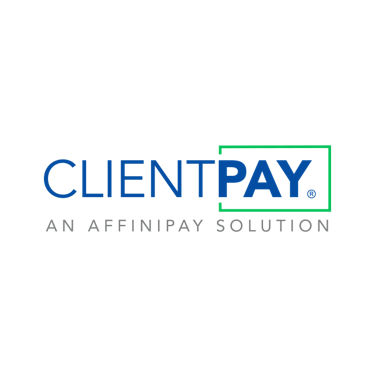What is a Credit Card Surcharge and Can I Add One?

So you’re coming around to the idea of accepting credit cards. Great! Modern clients prefer to pay by credit card, so accepting them is an excellent way to futureproof your firm. But there’s one thing that’s holding you back—credit card processing fees. It’s a fact—any business that accepts credit card payments for their goods and services must pay a processing fee for each transaction that uses one.
Fortunately, there’s a way around this. Many architectural firms that accept credit cards implement surcharges on top of every transaction to help offset the cost of processing fees.
In this blog, we’ll explain everything you need to know about surcharging, including rules and regulations and its legal status in the United States.
The definition of surcharging
Let’s break down precisely what a surcharge is in this context. Surcharging is the act of charging clients an additional fee on credit card transactions with the purpose of recouping losses suffered by payment processing fees. Typically, these client-facing fees are capped at about 3 percent of the transaction, though this can vary depending on how much you’re paying for processing.
It’s also worth noting that a surcharge is not the same thing as a convenience fee. A convenience fee does not vary based on processing or any other variable—it’s simply a flat rate. However, its purpose is similar. Convenience fees can be added to transactions that are paid in a convenient way, such as an online transaction.
The legal status of credit card surcharging
Surcharging credit card transactions was outlawed by major credit card brands until 2013, when a class action lawsuit successfully argued that these brands violated antitrust laws. Because of this lawsuit, several U.S. states began permitting merchants and businesses to implement surcharges on credit card payments they accepted. Over time, perspectives have shifted towards a more pro-surcharging point of view.
As of February 2024, the only states that have laws against surcharging are Connecticut, Maine, Massachusetts, and New York. In any case, it’s a good idea to get in touch with your local state attorney general to find out exactly what rules are on the books in your neck of the woods.
The most common credit card surcharging rules
If you do decide to implement a surcharge (and you’re legally allowed to do so, of course), there are certain rules you must follow. These rules were created by the major credit card brands, and though there are certain variations between them, the same rules generally apply to all of them. Let’s go over the most common credit card surcharging rules:
#1 - You must notify the card brands
All merchants/businesses who intend to implement a surcharge must notify any credit card brands they accept no less than 30 days prior to implementation. The most common way to accomplish this is by filling out paperwork provided on the card brand’s website and either emailing or mailing it into them. You can accomplish this by writing a letter to a representative of the brands. The brands will need to receive this letter and approve your business for surcharging. Once this approval has been declared, your 30 day waiting period begins.
However, if you use certain online payment solutions, you don’t have to worry about this rule! The best online payment solutions (like ClientPay) will handle this process for you.
#2 - You must notify your clients
If you’re going to surcharge on credit card payments, your clients must know about it ahead of time. In fact, this information must be easily accessible, listed either on your website, or displayed as a sign in your office. If your business is using an online payment solution that offers payment pages, you may be able to include this information there for your clients to see prior to making a payment.
#3 - You cannot surcharge more than 3 percent.
This rule was put in place in order to ensure merchants don’t use surcharges as a means to make additional income off of their customers. If you implement a surcharge, it cannot exceed 3 percent of the transaction. In many cases, the cost of your processing fees will not be more than 3 percent of the transaction, so you should still be able to recoup most or all of the cost of processing.
#4 - You must clearly list surcharges on your bills
It’s important to distinguish between the total cost of your work and the amount you are surcharging for. You are not allowed to simply “bake” the surcharge into the total. Your clients must be able to clearly see how much the surcharge is costing them.
With changes in consumer preferences, the benefits of offering your clients the ability to pay by card far outweigh any cost of processing fees. Online payments solutions allow your clients to pay the way they want to, at their convenience, and at a rate faster than a traditional paper check. Plus, with surcharging, you can offer a convenient payment option to your clients with minimum extra cost to you.
Learn more about how ClientPay can streamline your business. Schedule a demo today!